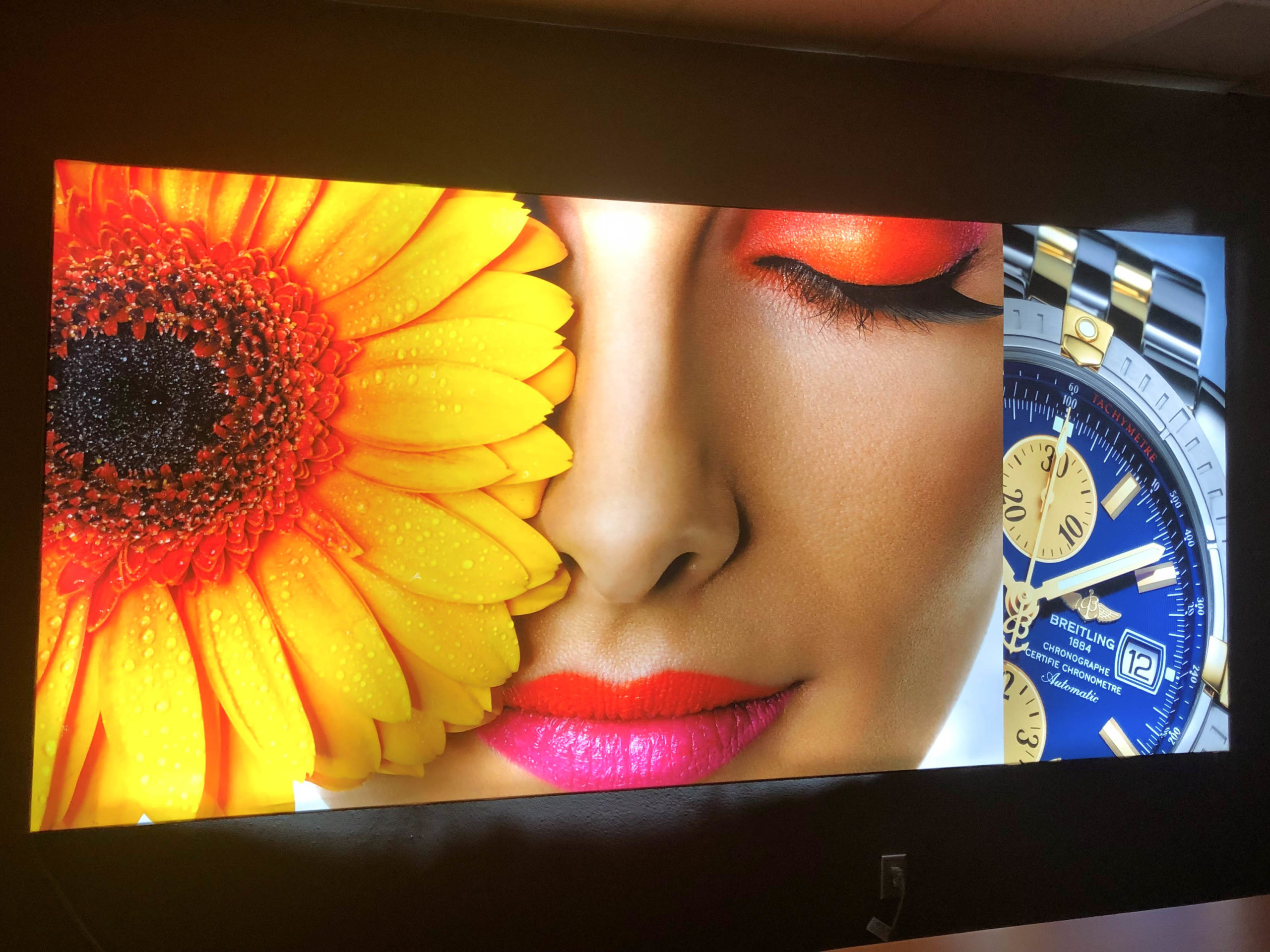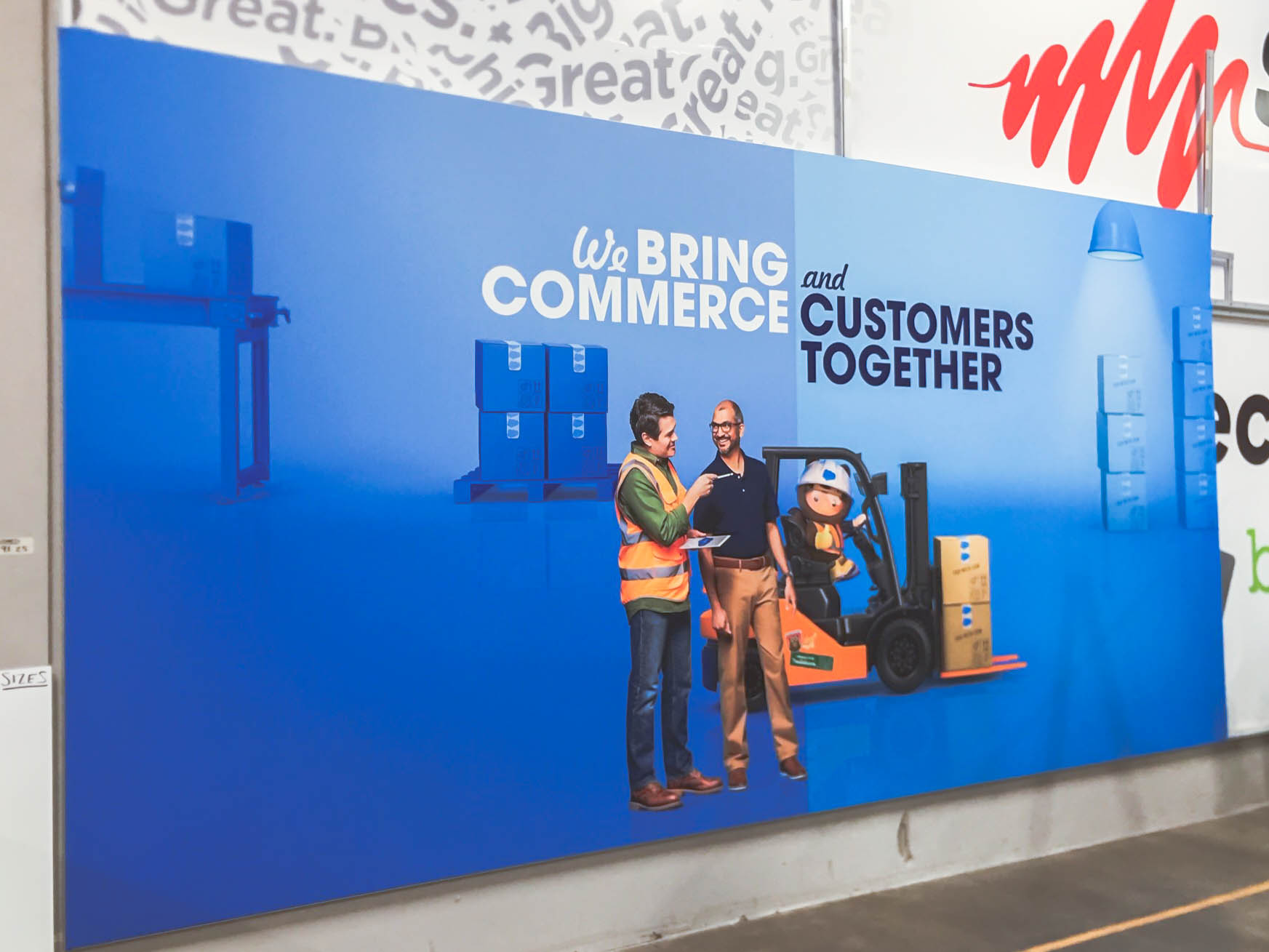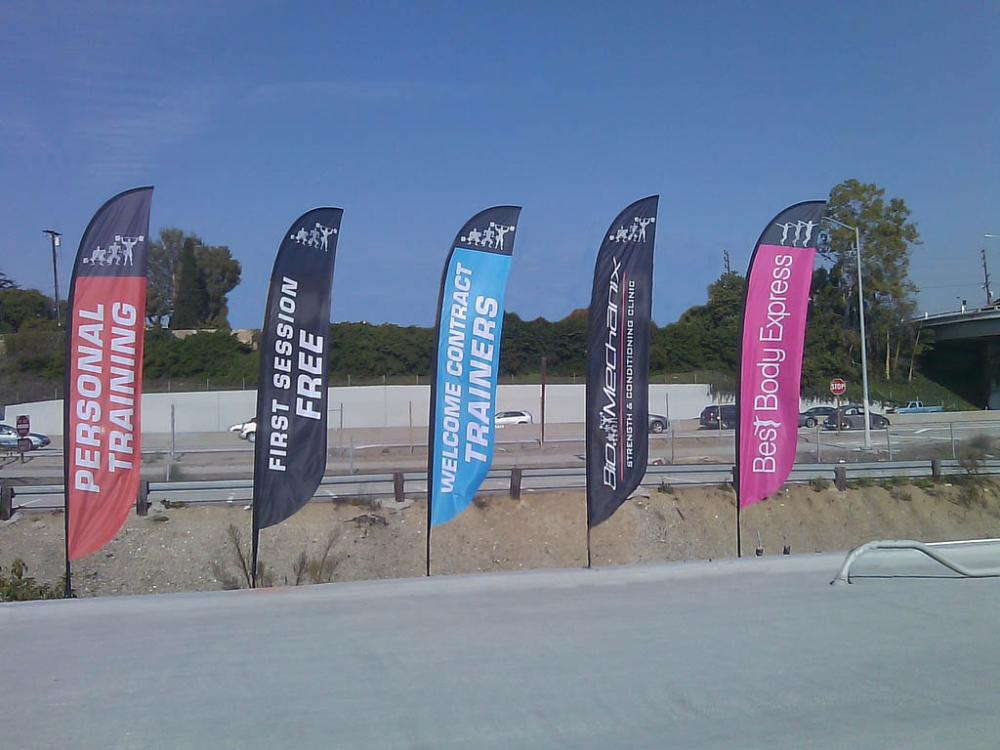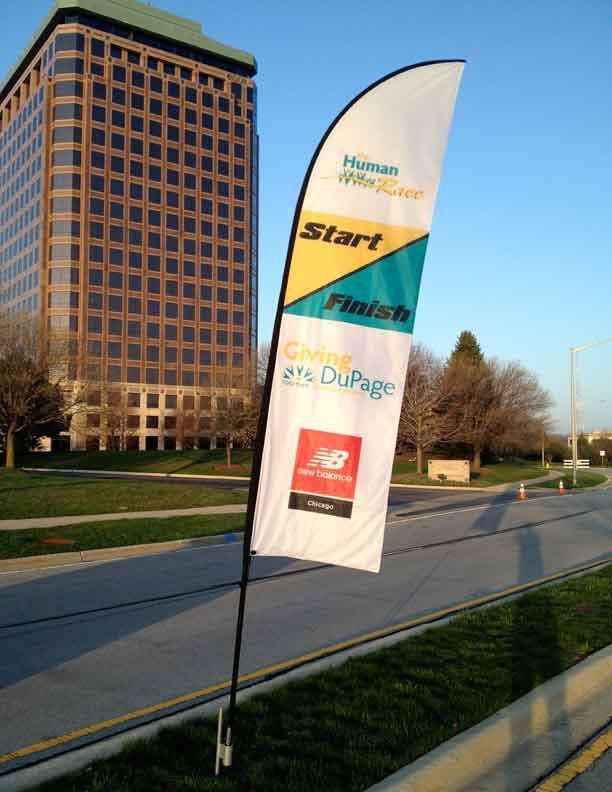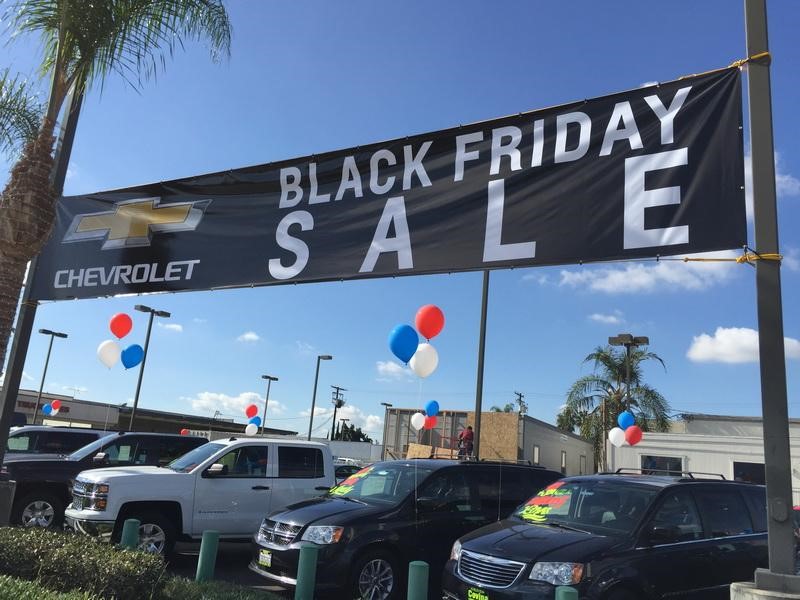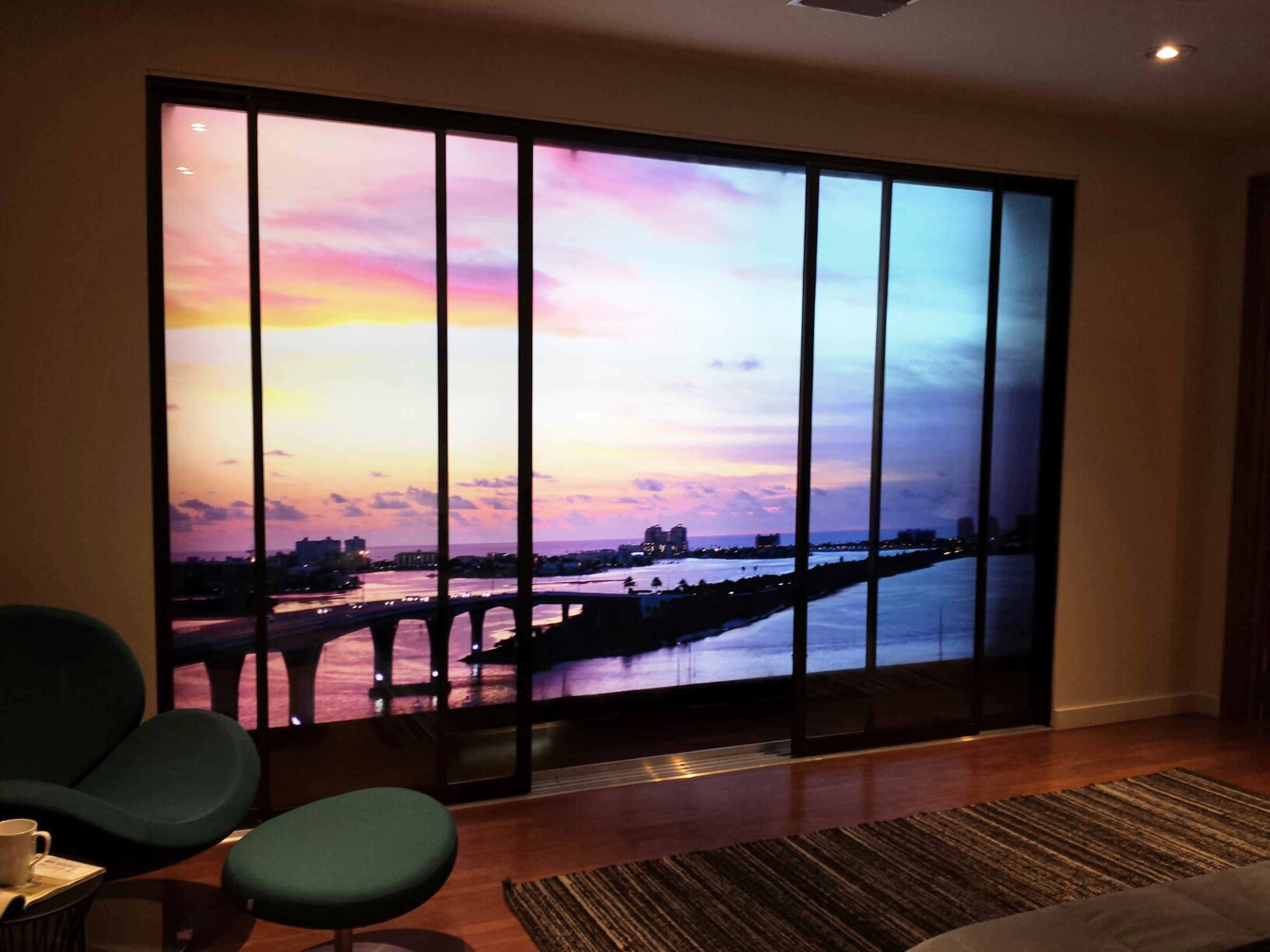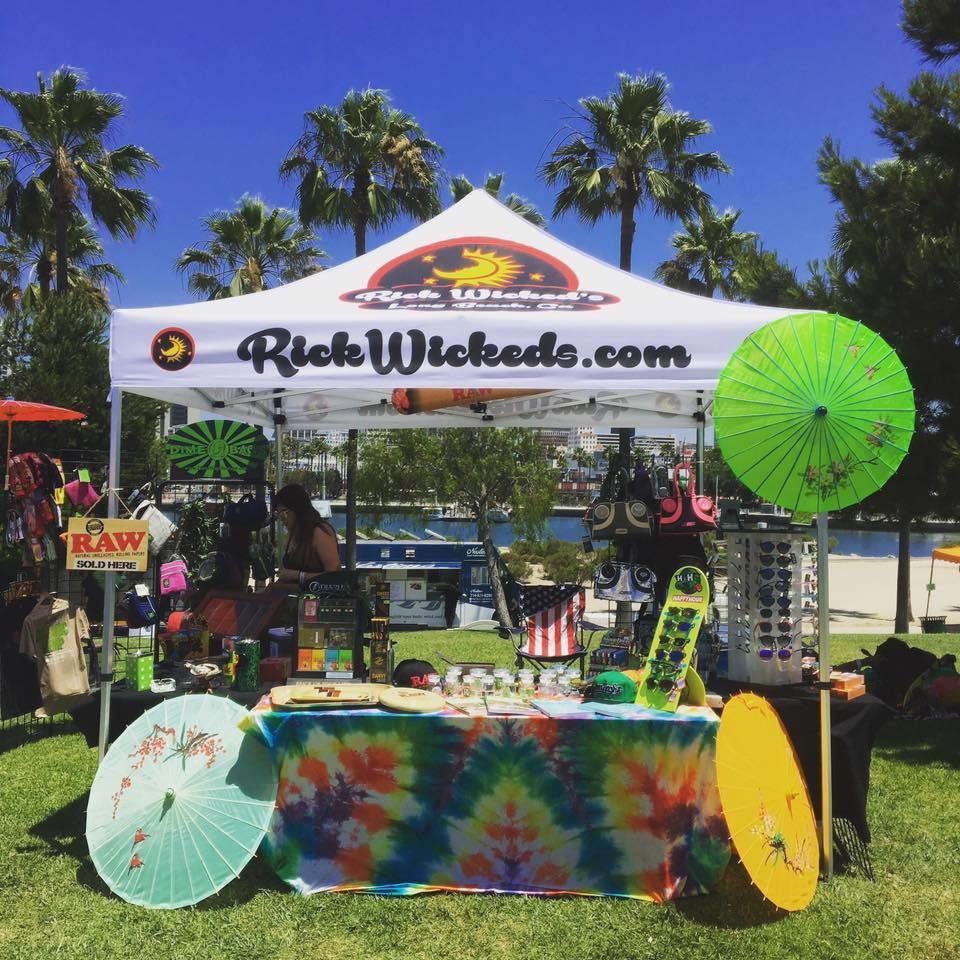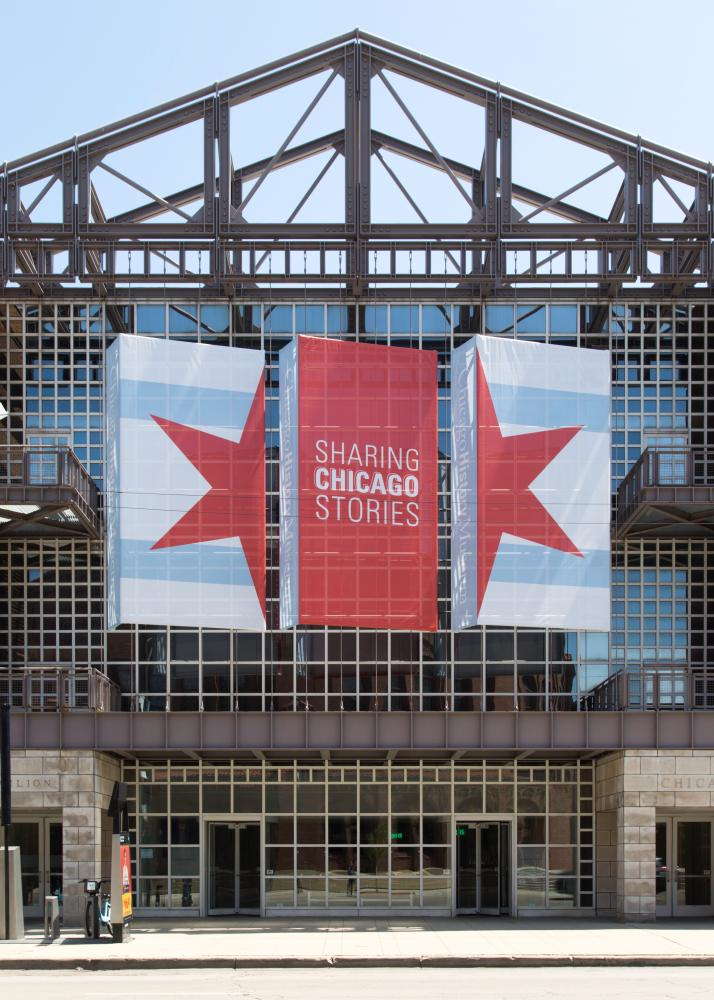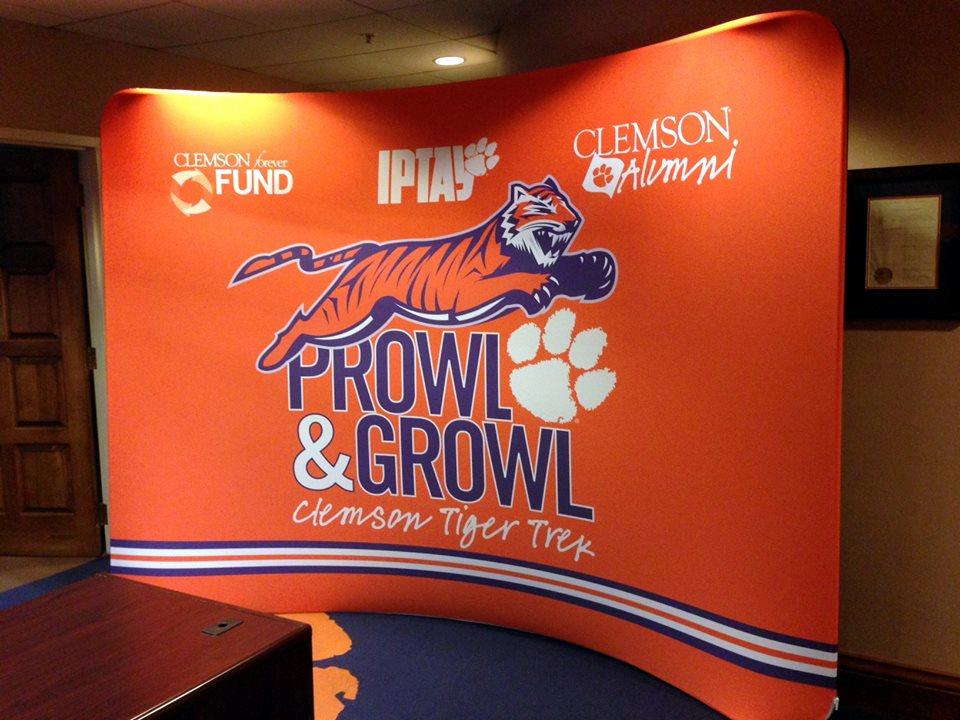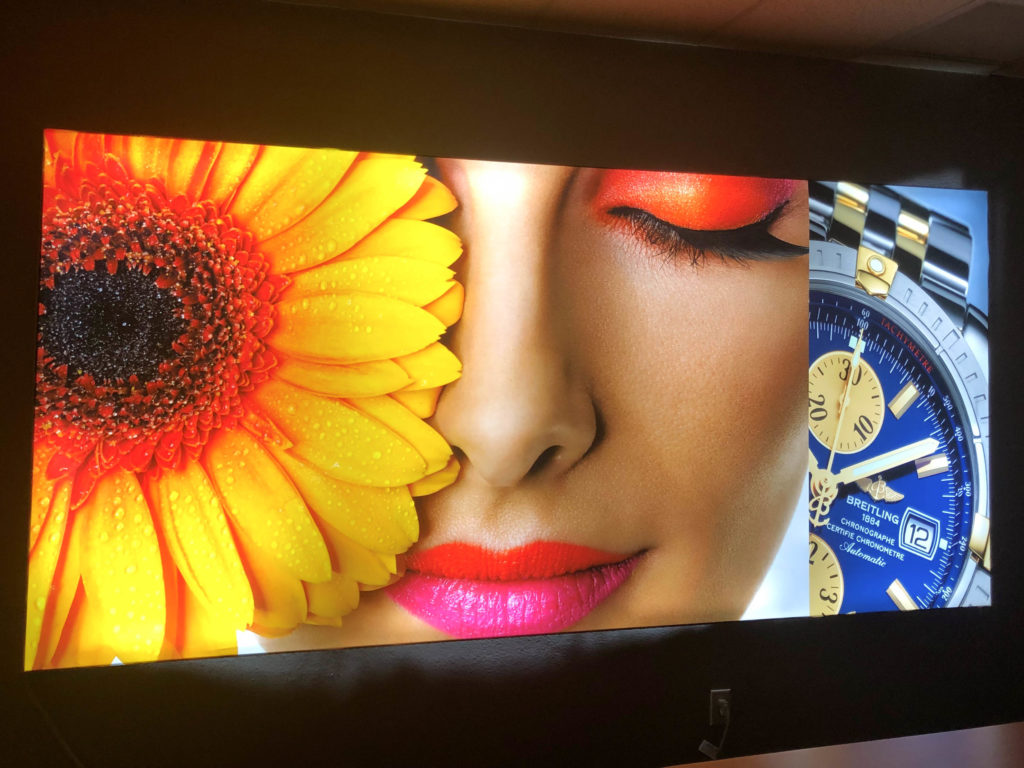Dye sublimation fabric printing is a process that uses heat and pressure to transfer an image from a special film onto the fabric.
SpeedPro has the expertise and specialized equipment to create vibrant, full-color images on fabric that are durable and long-lasting.
What Is Dye Sublimation Fabric?
Dye sublimation printing is a revolutionary process that replaces traditional screen printing techniques.
Dye sublimation (also called digital sublimation or digital printing) is a printing process in which heat transfers ink from one medium to another. The first part involves a sublimation printer that prints sublimation ink on transfer paper.
In the second part, this paper is pressed onto the fabric with a heat press, which causes the ink to melt into the fabric. The ink is absorbed into the fabric rather than remaining on top like other traditional print methods.
This process allows for vibrant colors and crisp images that will last many years. It also leaves no residue on the fabric so you can wash it like regular clothing.
Features & Benefits Of Dye Sublimation
The dye-sublimation process allows for very fine details and has some notable benefits:
- It lasts a very long time and doesn’t fade because the design isn’t printed on top; it’s melted into the fiber.
- The colors of the sublimation ink are more vivid thanks to the tight bonding.
- Works well with logos or other images with many lines or textured areas.
- The process is fast, and you don’t have to wait for the ink to dry.
What Fabrics Are Best Suited To Sublimation
Dye sublimation works very well for fabric signage.
A good sublimation substrate is usually a synthetic material. Polyester fabric is best because when heated, the polyester melts slightly, bonding with the dyes to create a permanent mark. Another option is a combination of polyester and other fabrics like nylon, acrylic and spandex.
The best fabric for dye sublimation is tightly woven fabric, so this printing is perfect for materials suited to the outdoors, like polyester or nylon.
In comparison, linen, cotton or natural fibers are unsuitable for dye sublimation due to their looser weave.
Do Dye Sublimation Fabrics Fade?
Some factors can affect the lifespan of your design:
Time
Dye-sublimated fabric will eventually start to fade. The good news is that it can take YEARS, whereas other printing technologies could last just months, weeks or even days until they fade. Dye sublimation printing doesn’t fade easily, as the ink binding happens at a molecular level.
Choice of fabric
Some fabrics tend to fade more than others. Dye sublimation is a perfect fit for some synthetic materials like polyester (or poly-coated fibers). However, they’re not suited for natural fibers like cotton. So using dye sublimation on the right fabric ensures they will have a long life.
Washing at a low temperature
Washing at a low temperature can increase the lifespan of your design. For clothing, dry according to the manufacturer’s tag. For fabric signs, like silicone edge graphic frames, air dry to avoid shrinkage.
As long as you take proper care of your dye sublimation fabric, the colors will stay vibrant for years to come.
Dye Sublimation Versus Vinyl Imprinting Versus Screenprinting
There are three main methods of printing on fabrics: dye sublimation and vinyl imprinting. Here are the key differences between them:
Vinyl Imprinting
This more affordable method transfers vinyl images onto fabric using heat. It’s the most common method used for big runs of promotional t-shirts. It’s fast and more affordable than dye sublimation, but it doesn’t last as long and the quality is lower.
As anyone with a favorite cheap t-shirt can attest, it doesn’t take long for the images to start cracking and peeling. When used on outdoor fabrics, weather-resistant UV vinyl should be used to extend the lifespan, but even so vinyl printed outdoor signs are not for long-term use.
Screenprinting
Another method of printing that uses transfer is screenprinting. In this method, thick ink is pressed through a fine screen and stencil to transfer the image to the fabric.
Because the ink is so thick, it leaves a slightly raised, 3-D edge that gives texture to the design. A lot of screenprinting projects use white ink for its visibility on darker fabrics. The biggest drawback is that you have to use a different screen for each color, which means longer production time to account for drying if you need to apply multiple colors. It’s best for single-color designs, like logos.
Dye Sublimation
We’ve already discussed the major advantages of dye sublimation fabric. The biggest difference between the actual printing method is that the ink is absorbed into the fabric with dye-sublimated graphics. With vinyl imprinting and screenprinting, the design sits on top of the fabric.
In addition to durability and longevity, the other advantage dye sublimation has over the other methods is quality. You can print highly detailed images on fabric using dye sublimation, including continuous tone images.
One drawback of dye sublimation is that it only works on light colors since the ink is absorbed into the fabric. You can print on virtually any color fabric with vinyl imprinting and screenprinting.
Is Dye Sublimation Fabric Right For Your Business?
Dye-sublimated fabric is ideal for any business that wants to create high-impact, long-lasting fabric signage.
Fabric sign options include:
- Banners
- Flags
- Canopies & Tents
- Pop-up Signs
- Retractable Banners
- Silicone Edge Graphic (SEG) Frames
- Backwalls
- Table Covers
- Trade Show Displays
- Step and Repeat Banners
In addition to polyester, fabrics that work well for signs using dye sublimation include:
- Oxford
- Display polyester
- Rayon
- Canvas (blends with polyester and PVC are extra durable and weather-resistant)
Some common uses for dye-sublimated fabric signage include:
- Trade show accessories
- Concert banners
- Sporting event flags
- Museum and art gallery banners
- Car dealership flags
- Festivals and farmer’s markets
- Retail store signs
Why Work With A Professional For Your Fabric Sign Project
A professional has the experience, expertise and access to all the specialized equipment needed to successfully execute dye sublimation printing.
If you want to invest in high-quality, high-impact, long-lasting fabric signage for your business, talk to the large format printing professionals at your local SpeedPro studio to learn more about the dye sublimation process.
Schedule a consultation to learn more about dye sublimation and how it can help your business.



















